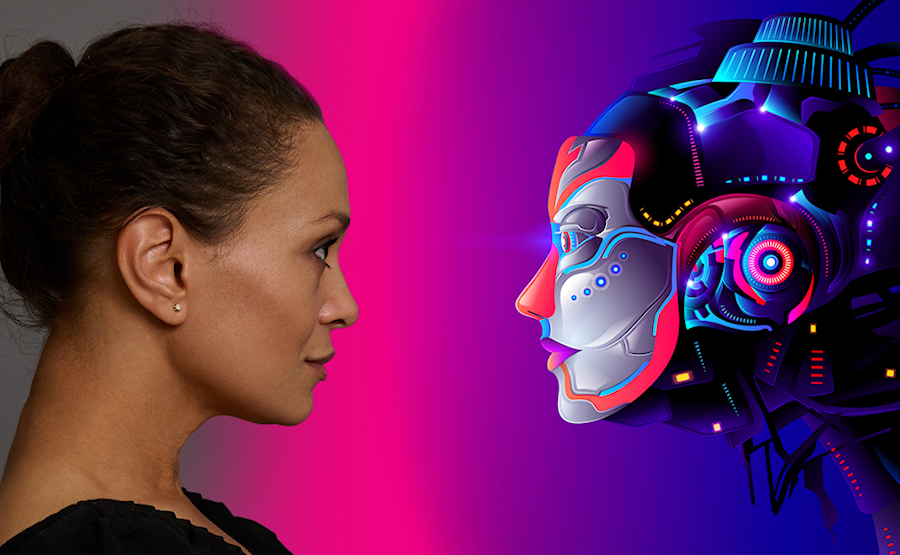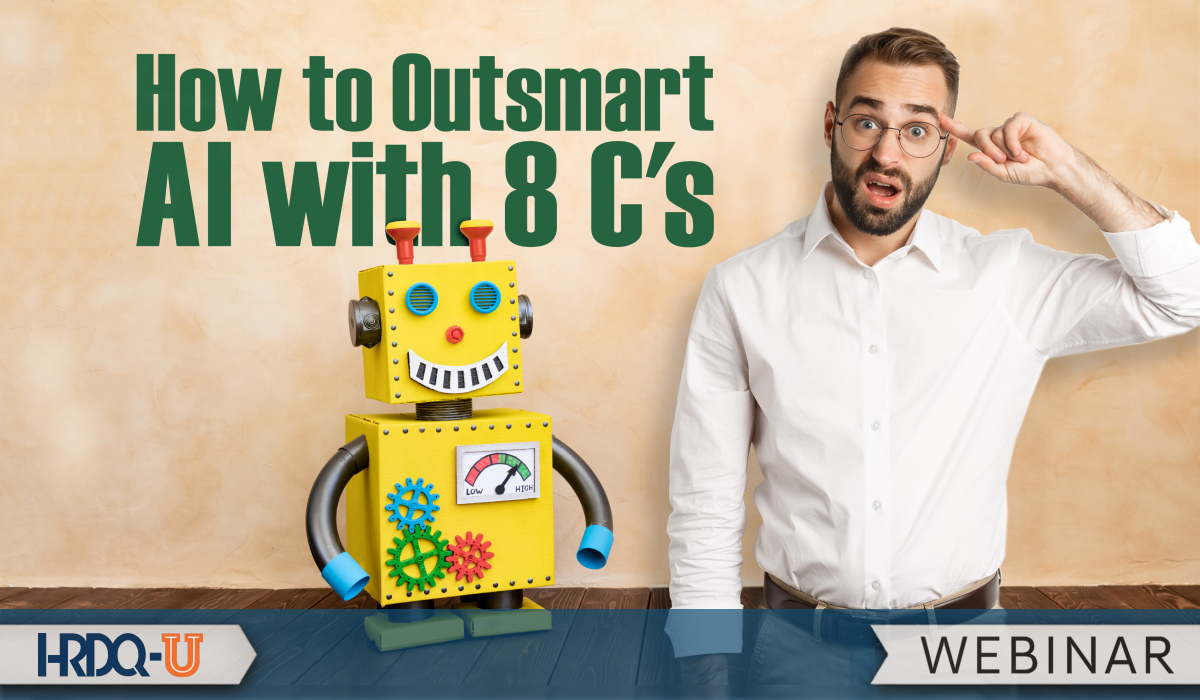Are Workers Ready?
What does an AI-driven future entail for work that thrives on human creativity, collaboration, and ethical considerations?
A recent Gallup survey indicates that 72% of top CHROs see AI replacing jobs — and workers aren’t ready. The four main reasons cited for a workforce not prepared for the coming AI transition are:
- Few are digging in to AI
- Most don’t feel prepared for AI
- Most remain complacent about replacement
- Most are also skeptical of AI’s potential
There seems to be a consensus on the capabilities of AI to alleviate humans from performing repetitive tasks or enhancing human cognitive abilities, which might contribute to complacency. AI is a serious threat to anyone that competes with a machine, be it a robot or AI engine. Make no mistake about it. This begs the question, how can we prepare for an AI-driven future?
Thriving Organizations Based on Human Capital
We must redefine the relationship (collaboration, learning on both ends, better explaining to employees how AI works) between humans and technology in such a way that organizations can tap into their unique strengths to create a future where humans and AI collaborate seamlessly, driving innovation, growth, and positive impact. And the most important unique strength of any organization is its Human Capital. It makes sense then to unlock the potential of Human Capital by focusing on the areas where we humans excel when compared with machines. It isn’t speed, accuracy, or crunching big data sets. We must focus on core human qualities.
Let’s take curiosity, for example. We’re born with a very powerful instinct that there is stuff we don’t know. And we’re also born with an instinct that other people are stores of knowledge. (We are born with an inherent instinct even in situations that lack information and an affinity towards relationships.) Little children are like investigative reporters pumping their sources for knowledge. Researcher Michel Yunard recorded the conversations that families have at home and discovered that between the ages of three and five, children asked forty thousand questions on average. The questions that they asked were specifically explanatory: how and why? The evolutionary reason for this is that we’re cultural animals. The way we survive is by becoming part of a cultural vehicle. We realize that we need to learn if we’re going to survive. We need to learn a lot, so we ask a lot of questions. Curiosity is an innate ability that acts like a muscle. If we don’t use it, we lose it. Machines are great at finding answers, not at asking questions. That’s why we must develop our curiosity as a key 21st-century skill to ask the right questions, as well as to ask them in such a way that the answers are conducive to improving our human condition.
I have synthesized 8 Cs that constitute a simple yet effective way to outsmart AI. In addition to Curiosity, they are Critical Thinking, Creative Thinking, Communication, Collaboration, Character, Consciousness, and Coevolution.
I hope you join me to take a deeper dive into all eight C’s in my HRDQ-U webinar, How to Outsmart AI with 8 C’s, and get AI to drive us where we want to go.













